#TNYSCM19: The Circle of the Future
Amidst rising concerns over the health of the planet and overall stability of the climate, the governing bodies of nations around the world are taking a stand against waste. Carbon emissions and greenhouse gasses were among the first targeted as being the most obvious contributors to the pollution which means it’s time to reevaluate the supply chain, which has remained more or less untouched since humans have begun shipping goods from one place to another.
Traditionally speaking, the supply chain flows in a linear fashion. Raw materials flow into the manufacturer, are worked into the desired product, which is then shipped to a retailer, purchased by an end consumer where it is used until it is finally thrown away.
While this model has kept economies moving, there is a considerable amount of waste produced at nearly every step. However, the circular supply chain model is gaining popularity that is not only better for the environment but is also more profitable, and sustainable.
What is a Circular Supply Chain
Rather than materials flowing directly from raw to the dump (the “take, make, and throw away” model) a circular supply chain model encourages manufacturers and product sellers to take in discarded materials and remake them for resale. Under this model, companies are taking the time to refurbish used parts or breaking them down into their raw material form to be made into something new, rather than relying on purely virgin materials.
This looping of the supply chain not only helps to cut down on material costs but it also ends up generating less waste. Interestingly enough, this process is actually more economical in the long run for companies, seeing a considerable ROI for the upfront investment of restructuring their supply chain and manufacturing processes.
“Once processes are in place, companies spend less money on raw materials, help the environment (which can result in government incentives), are at less risk of price volatility, and, perhaps most important of all, please their customers,” reads an article from SupplyChain247.
Used is the New “New”
In addition to saving money on production costs and reducing the environmental impact of a linear supply chain, the circular supply chain can also help bring a brand to the forefront of the growing consumer conscience.
“Consumers are increasingly conscious of their shopping decisions. According to a report by Nielsen, 66% of global consumers say they’re willing to pay more for sustainable brands. A full 73% of millennial shoppers (those born between 1977 – 1995) are willing to pay more for sustainable goods over traditional ones,” says SupplyChain247.
Companies that want a part of the growing “sustainable product” market share will need to be increasingly conscious of their environmental impact.
Want to Learn More?
Circular supply chains are less of a trend and more of future necessity in the face of ever-tightening environmental regulations and consumer preference. The New York Supply Chain Meetup #TNYSCM19 will be hosting an event on February 20th that will highlight some of the companies that are taking the necessary step forward to building the regenerative supply chain of the future.



